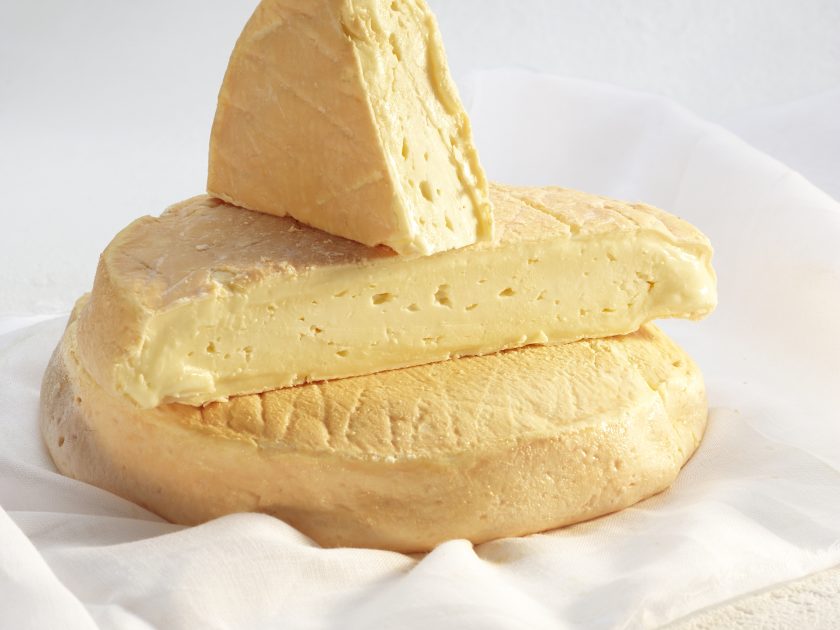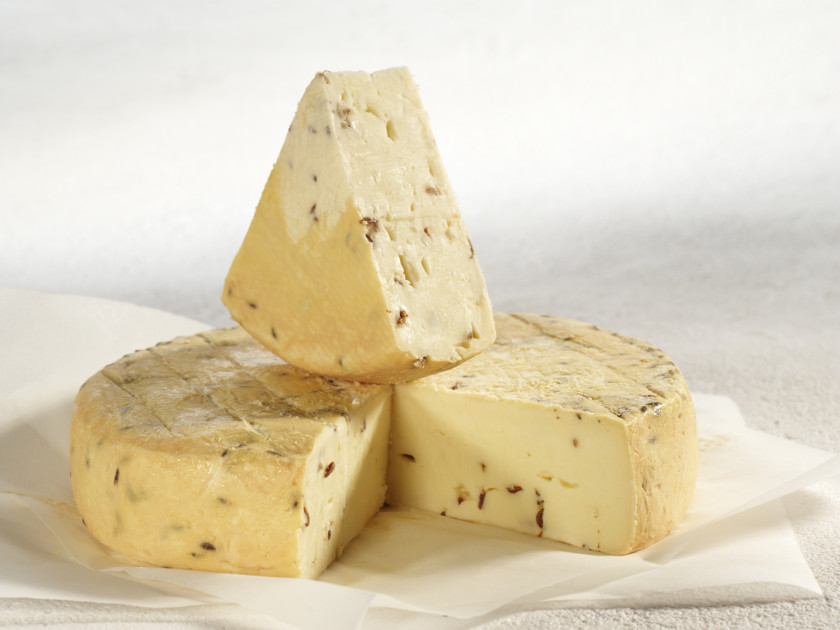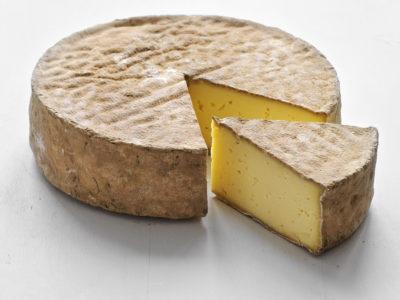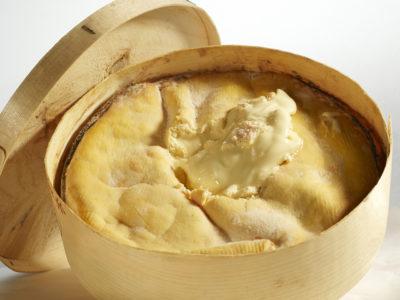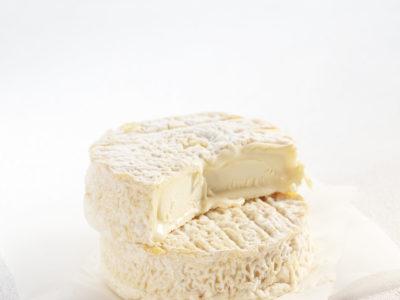Munster
"Authentic" cheesesMunster Géromé
This famous and soft washed-rind cheese is produced in the east of France and originated in a monastery. Its name is derived from the word « monastery ». It was created by Benedictine monks who settled in Fecht Valley in Lorraine, where it is also called « Géromé » after the town where it was sold. It is also produced and matured in Alsace.
Munster is made from cows’ milk and considered to be a strong cheese, but this is mainly true of its smell, as it is relatively mild on the palate. Prior to gracing the consumer’s plate, this quality cheese is ripened in a damp cellar where its rind is regularly washed.
It is protected by two French PDO systems: « Appellation of Controlled Origin » (AOC) since 1969, and « Appellation of Protected Origin » (AOP) since 1996.
Although Munster will take pride of place on any cheeseboard, it is also a great addition to quiches, omelettes and pies. It can be flavoured with cumin seeds, and comes in 2 sizes: Munster and Petit Munster.
Health & nutrition
Flavours & sensory qualities
Its orangey-pink rind is thin, smooth and damp. The cheese itself is the colour of cream and often chalky in the middle, or soft and creamy when very ripe.
Although quite sticky on the outside, and soft and sometimes crumbly on the inside, it always melts beautifully on the tongue.
The smell of Munster cheese is distinctive and penetrating, both animalic and lactic. Its rind exhales rustic notes reminiscent of the wide variety of flowers that grow in the Vosges massif.
 繁體中文
繁體中文  简体中文
简体中文  한국어
한국어  Français
Français 

